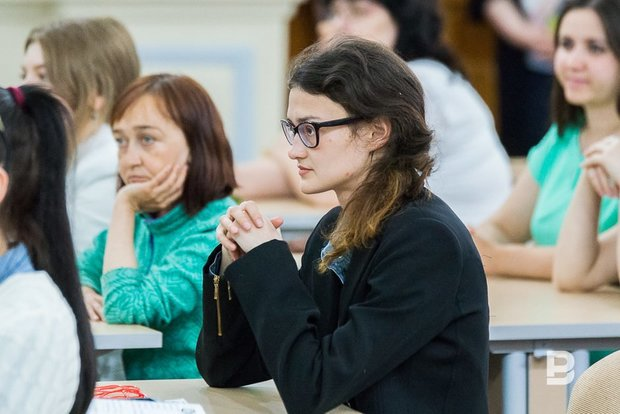Five insights on Tatarstan’s science development
What helps Tatarstan university scientific centres to develop and what impedes them?
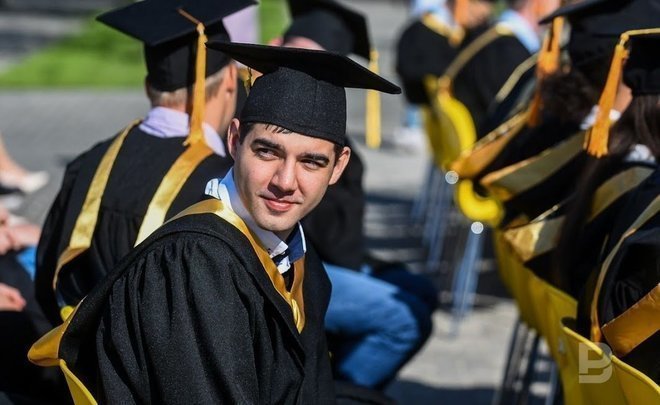
After the results of participation of Tatarstan universities in the Priority 2030 programme, the republican administration wished to audit local universities. The process began in mid-November and provided several insights into how science was doing in Tatarstan universities. According to the survey on higher education efficacy, 28 universities and branches of federal higher education institutions, which mainly study engineering and social sciences, operate in the republic. Anna Svirina, vice rector of TISBI Administration University, briefly described what impedes Tatarstan universities from showing better results and their strong points in a column for Realnoe Vremya.
- Focus on applied research
Plus: the scientific developments of our republic’s universities mainly are of applicable nature. Colleagues showed quite a lot of applied developments even in the spheres where traditionally theoretical research prevails. And the other way round, we saw some fundamental research behind applicable results. Organisers of the strategic session saw this not only in the data collected but also on world scientific maps.
Minus: seemingly, it takes little to occupy a stable position in global science. It is necessary to learn how to transmit one’s applicable groundwork outside university ivory towers, but key problems are linked with it. In the Russian practice, a transition from the production of 10 products to 10,000 is a problem even for full-cycle companies, let alone university labs...
- Very wide research range
Plus: it is no secret that university employees have done a lot of research on their own initiative or joined temporary research groups in the last decades. As a result, today we see a very wide range of research done together with our compatriots and foreign colleagues. On the one hand, it is good: there is enough room to continue scientific developments.
Minus: such disunity impedes creating interuniversity consortiums the federal authorities obviously aim to create. It seems that one of the conclusions of the programme 5-100 was the necessity of integrating efforts of universities working in related areas, but the current situation can become a break on this road. Everything is too fragmented and broken.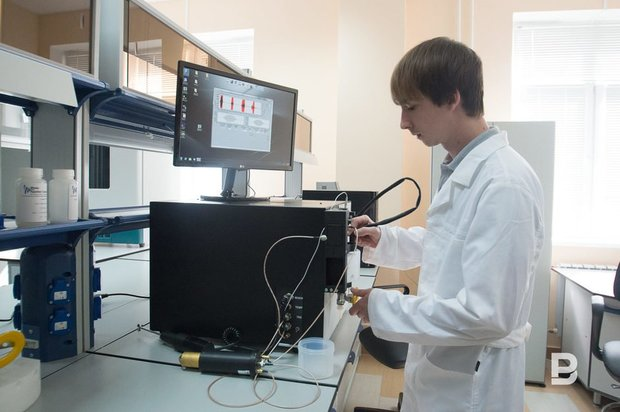
- We don’t see each other
Minus: though Kazan that has more than 25 universities is obviously a university city, representatives of the university community don’t know much about each other. Though scientists and teachers often follow each other on social media, meet at conferences and do joint research, they often aren’t familiar with interesting areas of their colleagues’ work. The world’s biggest scientific centres may be aware of the research done just a few kilometres far from you, but they will bypass you. The immersion into the colleagues’ context explains why students come to our city with pleasure.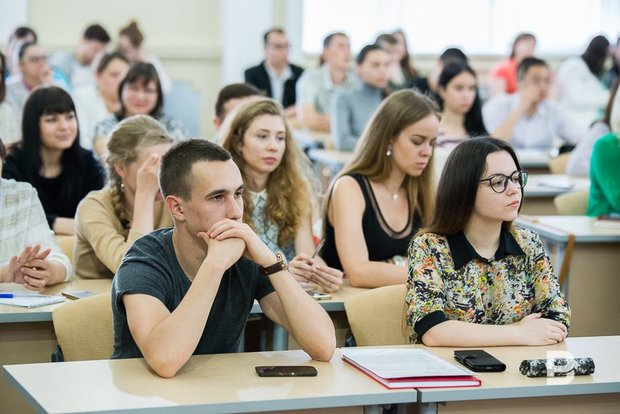
- Education gets closer to science
Plus: the trajectory for bringing education and science closer at universities set by Minister of Education and Science Livanov as early as 2012 had some effect: like around the world, teachers are mostly interested in the themes they teach. Their scientific interests match their interests as a teacher. The comparison of the pattern of publications in 2012 and 2012 absolutely confirms this: the number of publications in subject-related areas that used to be unpopular has increased. Thanks to this, students will have more chances of meeting modern scientific developments at the university they chose.
Minus: for scientists, teaching students can become an additional workload.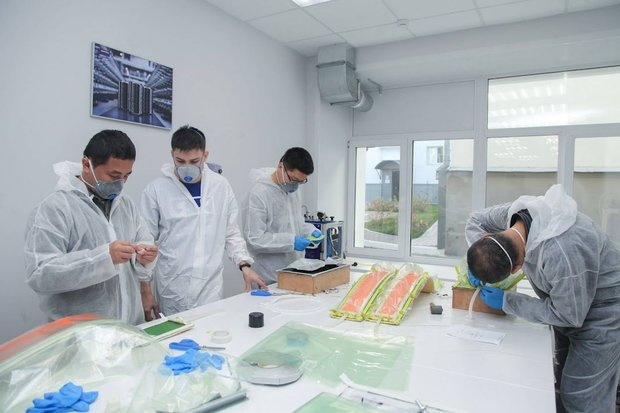
- Public = non-public?
Plus: the border between public and non-public universities has simply disappeared. The result of a policy of strict regulation of higher education and science that has been pursued in the last years is that public and non-public universities operating today differ, as a rule, in profile and size. So public universities are bigger, they have more specialities, more foreign students. As for the quality of teaching, it has almost become unified in both types of universities.